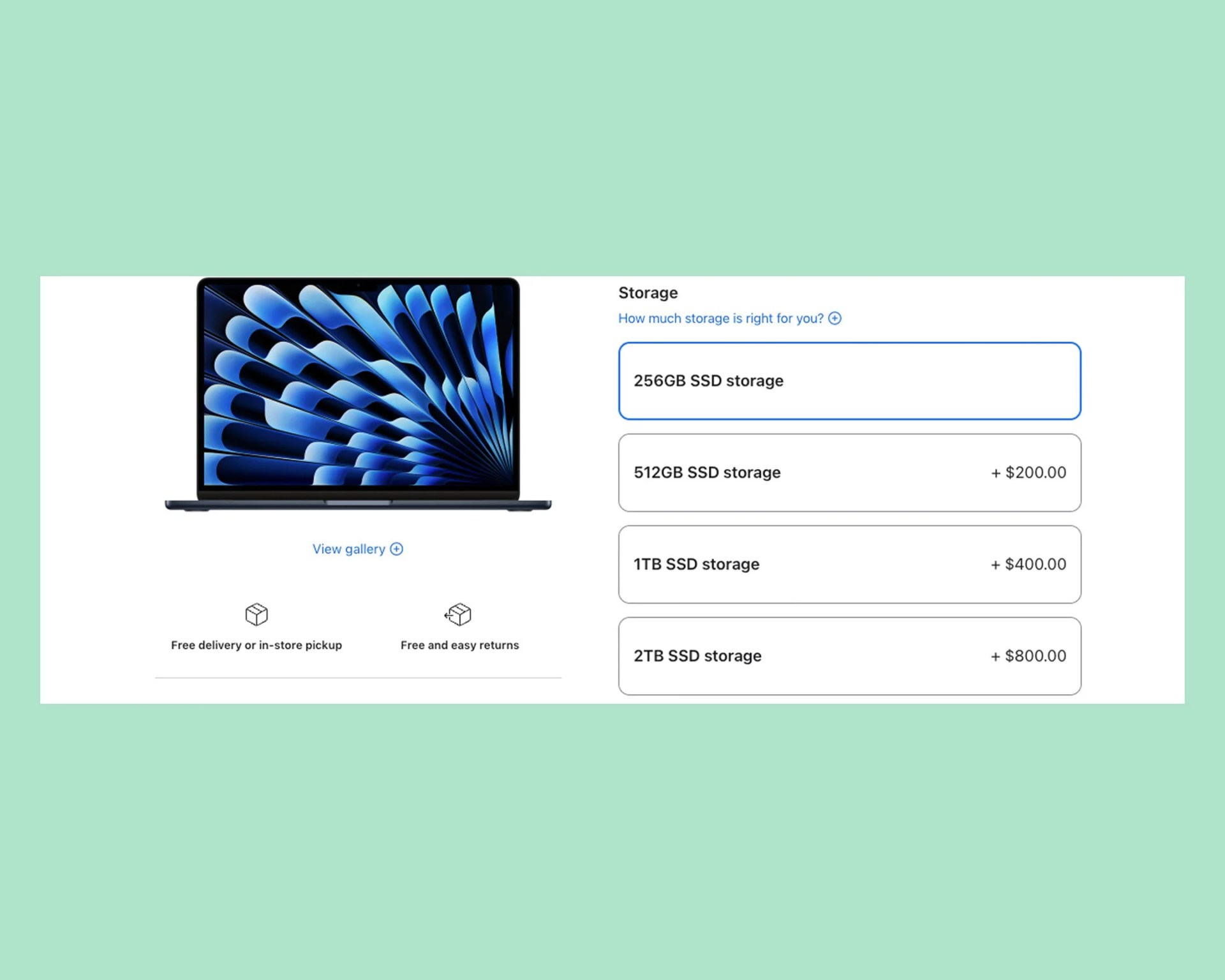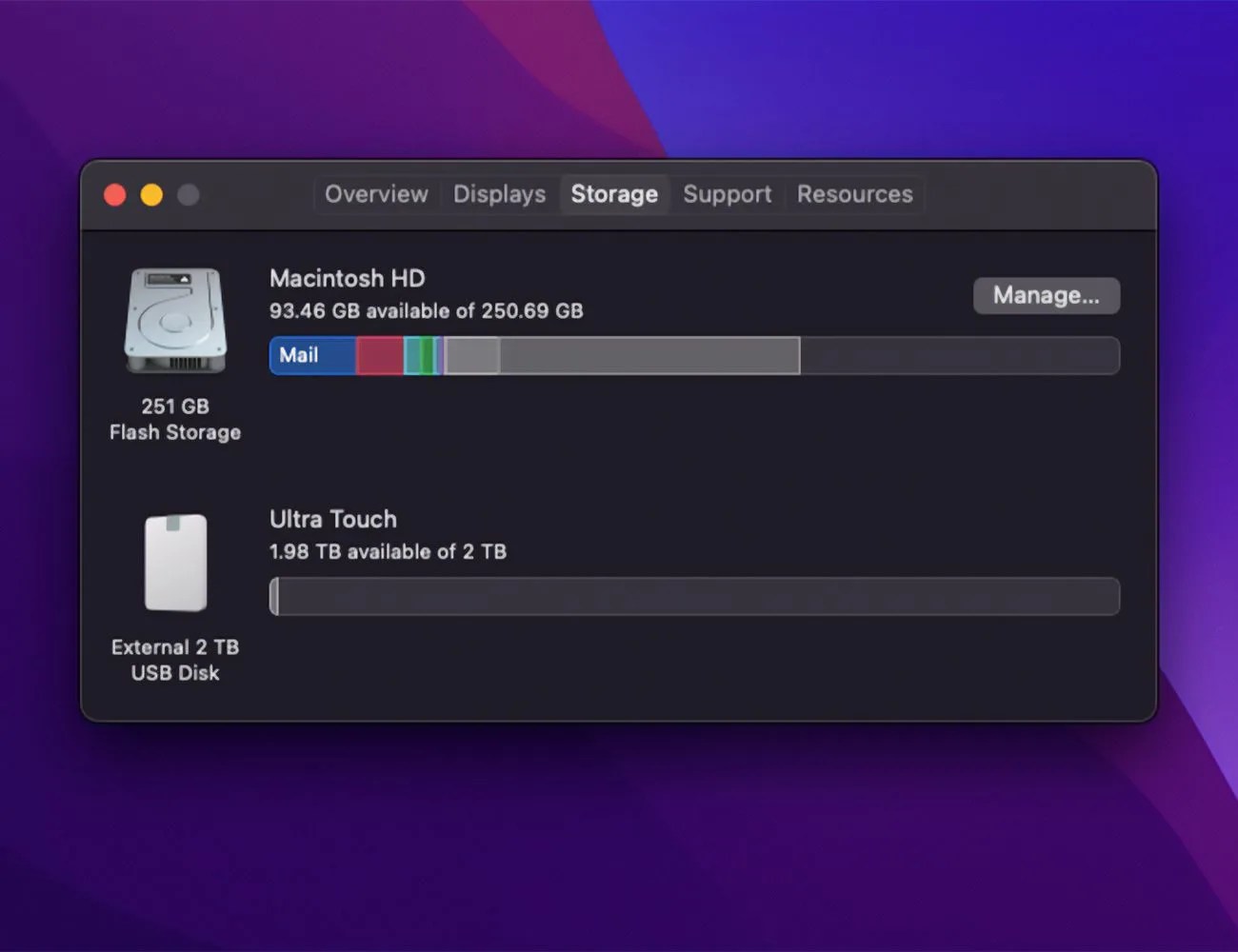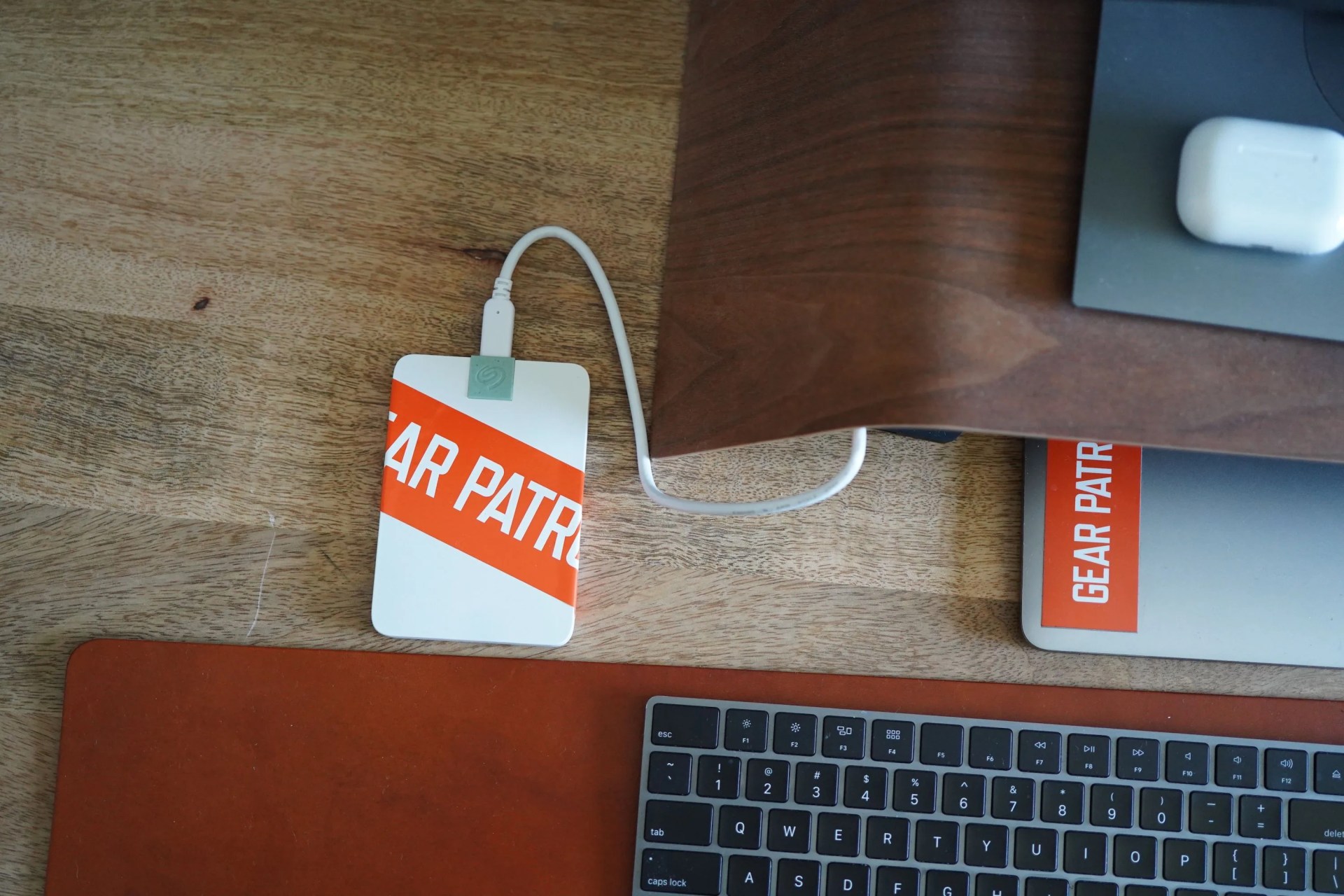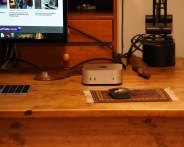When buying a laptop, one of the most important decisions you have to make is figuring out how much internal storage you need. Depending on the amount, it can drive up the price of the laptop considerably.
For instance, Apple’s current 13-inch MacBook Air (M3) starts with 256 GB of base storage but can be configured with 512GB, 1TB, or 2 TB. A higher-capacity model will cost you an extra $200 (for 512GB), $400 (for 1TB), or $800 (for 2TB) — that’s a lot.
So, how much storage do you really need? There is no perfect answer, of course. But there are some handy rules of thumb and wrinkles to know.
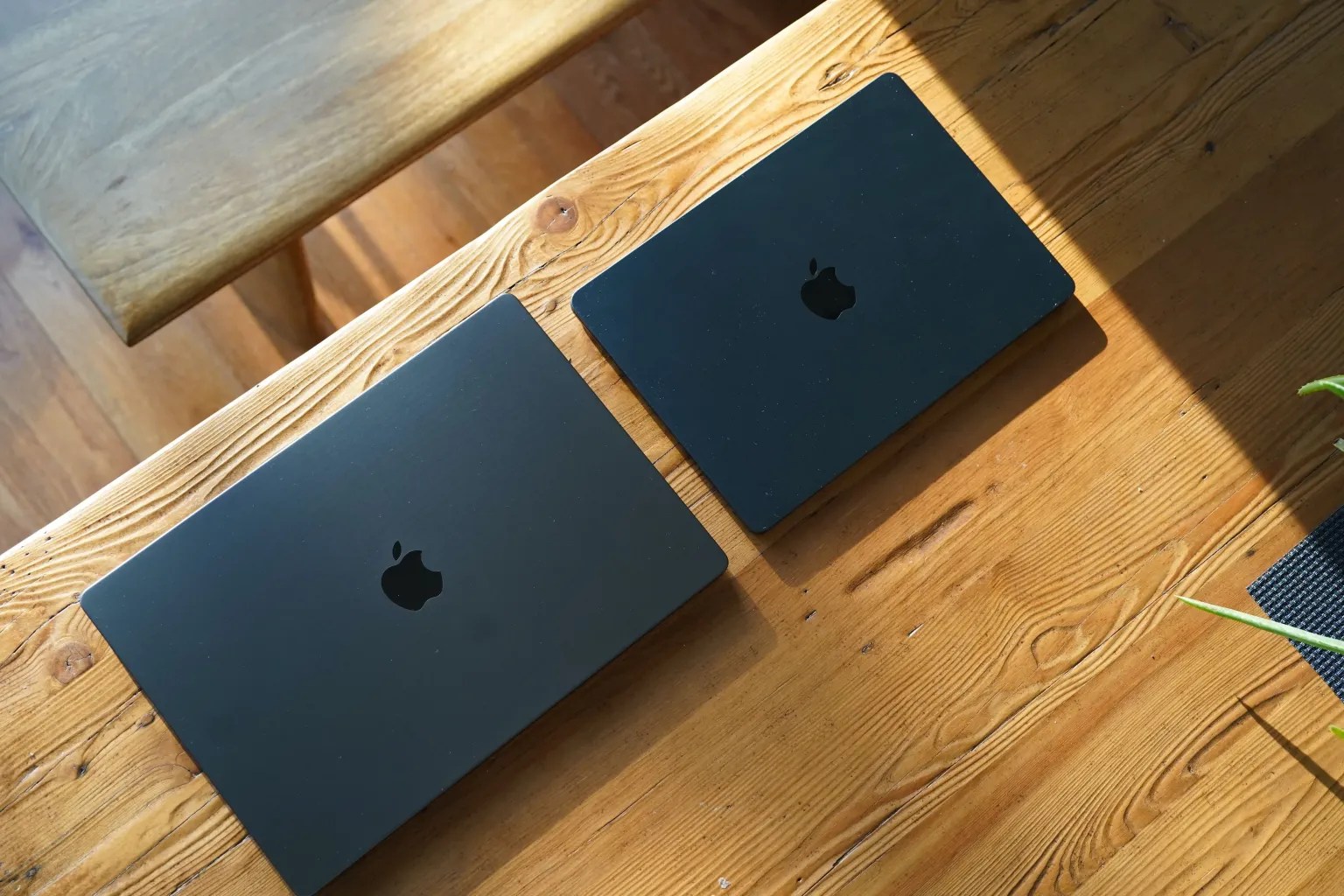
Advertised Storage vs. Usable Storage
One of the most important things to know is that there’s a difference between the amount of usable storage space on a laptop and the amount advertised — it’s actually much less. There are two reasons why.
First, your laptop’s operating system takes up a good chunk of space right out of the box; the latest version of macOS, (Sequoia) takes up a little more than 25GB, for example, while the storage version of the latest version of Windows, Windows 11, takes up about 20GB.

